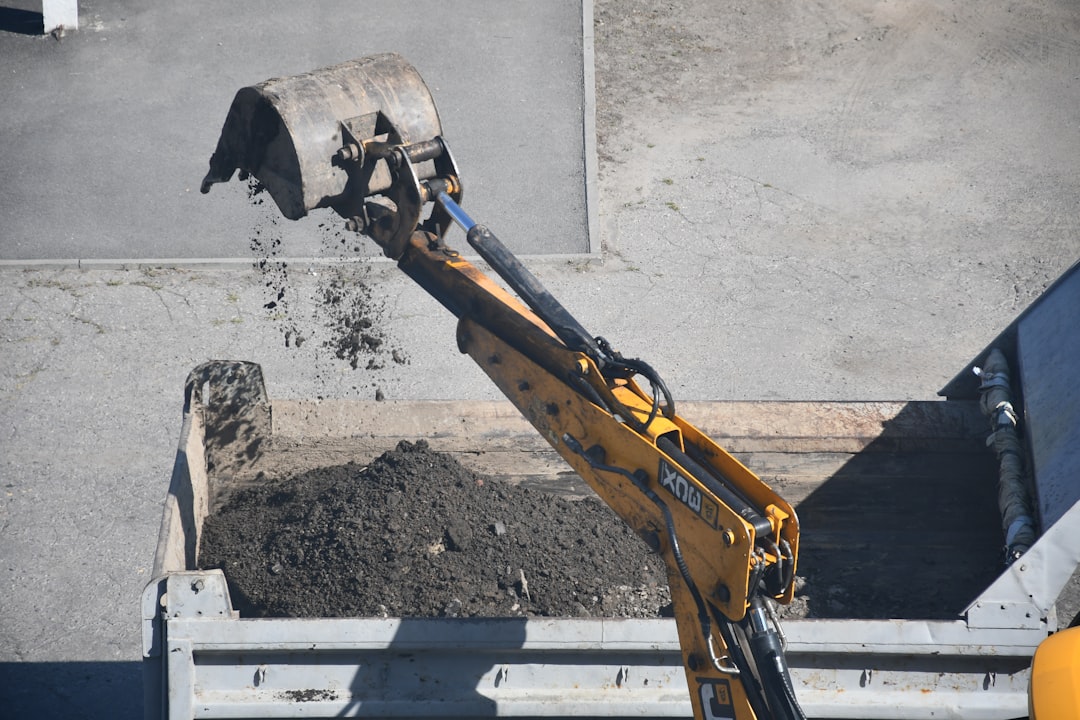
In Texas, the foundation of a home is crucial due to the region's unique soil and climate challenges. Concrete slabs must endure expansive clays, heavy rains, and extreme temperatures. Costs for concrete slabs in Texas typically range from $6.25 to $9.00 per square foot, depending on the type and complexity. This guide provides insights into optimizing slab construction with advanced tools and techniques.
Texas construction professionals face challenges such as expansive clay, temperature fluctuations, and flash flooding. Proper slab design is essential to prevent cracking. Utilizing tools that adjust specifications based on regional data can significantly enhance slab performance.
• Post-tension slabs: Ideal for clay soils, allowing adjustments after curing.
• Conventional rebar slabs: Suitable for stable sandy loam areas.
• Pier-and-beam hybrid slabs: Effective in extreme clay regions.
• Insulated raft slabs: Offer energy efficiency and high thermal mass.
Understanding cost drivers is crucial for accurate budgeting. Key factors include:
• Concrete volume: Influenced by slab thickness and beam design.
• Reinforcement: Choice between post-tension cables and rebar grids.
• Vapor barrier quality: Options range from standard to upgraded materials.
• Site prep: Includes soil conditioning and compaction.
• Labor rates: Vary across different Texas regions.
• Finishes and add-ons: Options like stamping and fiber reinforcement.
Concrete slab costs in Texas range from $6.25 to $9.00 per square foot. Post-tension slabs are generally more expensive, while simpler rebar slabs are more affordable. Utilize real-time pricing tools to ensure accurate estimates.
1. Soil Report Review: Analyze geotechnical data for informed decisions.
2. Pad Elevation Set: Determine optimal elevation to mitigate flood risks.
3. Real-Time Estimate: Use advanced tools for instant cost calculations.
4. Permit Package Generation: Obtain necessary documentation efficiently.
5. Pour Day Coordination: Schedule deliveries and crews effectively.
6. Post-Pour QA: Conduct thorough quality assessments post-construction.
Modern tools reduce estimation time and enhance accuracy:
• Voice-First Data Capture: Simplifies on-site data collection.
• Live Material Feed: Provides up-to-date pricing information.
• AI Blueprint Takeoffs: Automates quantity calculations.
• Instant Quote Docs: Generates ready-to-sign proposals.
• Change-Order Control: Facilitates easy modifications.
• Ignoring soil plasticity: Requires appropriate slab design.
• Overlooking insulation: Essential for energy efficiency.
• Skipping moisture barriers: Prevents damage from vapor drive.
• Pouring during peak heat: Avoids rapid hydration and cracking.
Ensure compliance with IRC 2021 and local regulations. Proper documentation and warranties provide peace of mind and prevent delays.
A well-constructed foundation is vital for any Texas home. By leveraging advanced tools and adhering to best practices, construction professionals can ensure durable and cost-effective slab installations.

The Gonzales family faced challenges with high plasticity soil. Traditional bids varied, but using advanced tools provided clarity and speed, resulting in a $22,450 estimate. The project was completed efficiently with minimal risk.
• On-Site Voice Session: Streamlined data collection.
• AI Costing: Provided accurate, real-time estimates.
• Instant Engineering: Automated design and documentation.
• Client Approval: Facilitated quick decision-making.
• Schedule Savings: Faster permit approval.
• Budget Accuracy: Minimal deviation from estimates.
• Reduced Risk: Ensured quality and structural integrity.
• Pour at dawn to manage temperature.
• Upgrade vapor barriers for durability.
• Consider hybrid designs for challenging soils.
• Lock in pricing early to avoid fluctuations.
For more information, visit CountBricks.com and explore how advanced tools can enhance your construction projects.